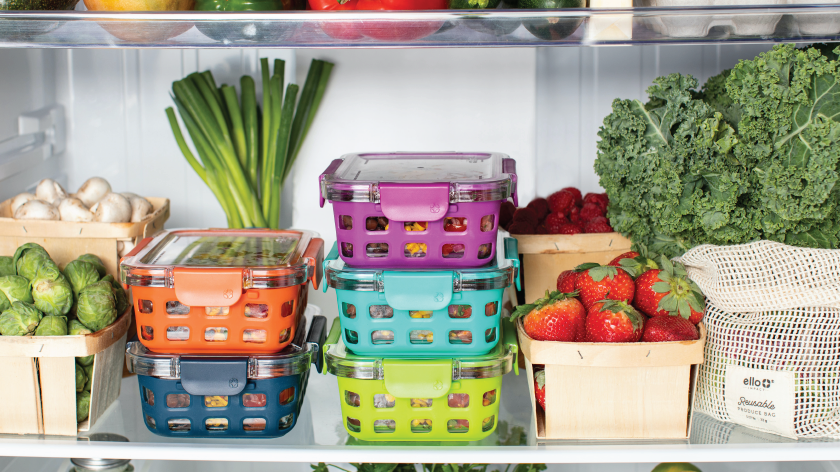Meal planning isn’t just about what’s for dinner. It’s a powerful way to manage your nutrition, save time and reduce weekly stress. Preparing meals at home allows you to make healthier choices while turning cooking into a creative and enjoyable experience for the whole family.
Ready to make meal planning work for you? Here’s how to get started:
Look ahead at your weekly schedule before planning your meals
Before planning your meals, take a look at your weekly schedule. Will it be a busy week with little time to cook, or do you have the flexibility to try new recipes? Factoring in your availability helps you create a realistic meal plan, making it easier to stick to and reducing the risk of food waste.
Write down your meals and snacks to create your grocery list
Involve your whole family and consider everyone’s preferences. Cookbooks, food blogs and even social media are great places to find recipe inspiration. To keep your meals nutritious and delicious, try to include a variety of fruits and vegetables, lean proteins and high-quality carbohydrates.
Shop smart and efficiently
Head to the grocery store with your list to stay focused and avoid impulse purchases. Stick to the outer aisles for fresh produce, lean proteins and whole grains, and be mindful of sales or bulk options for pantry staples. If possible, bring reusable bags to cut down on waste.
Prep ahead for convenience
Once you’re home, wash, chop and portion ingredients for the week. Cooking grains, marinating proteins, or pre-assembling snacks can make mealtime quicker and easier, helping you stay on track with your plan.
Stay flexible and adjust as needed
Life happens, so it’s okay to swap meals around or adjust your plan based on your schedule! Keep a few easy backup options, like frozen veggies or canned beans, to stay prepared without the stress.






